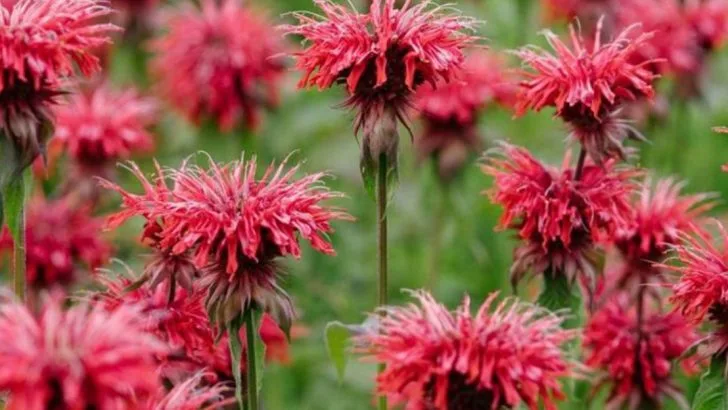Fertilizer is often seen as a must-have for blooming gardens, but some flowers actually thrive without it. In fact, adding fertilizer can sometimes weaken plants or reduce their natural resilience. Certain varieties grow stronger and bloom more vibrantly when left to their own devices.
These 14 flowers are adapted to flourish in nutrient-poor soils and don’t rely on extra feeding to show off their best colors and shapes. By skipping the fertilizer, you encourage natural growth and healthier, more sustainable blooms.
In this article, explore 14 flowers that grow stronger without fertilizer—perfect for gardeners seeking a low-maintenance, eco-friendly approach.
Marigold
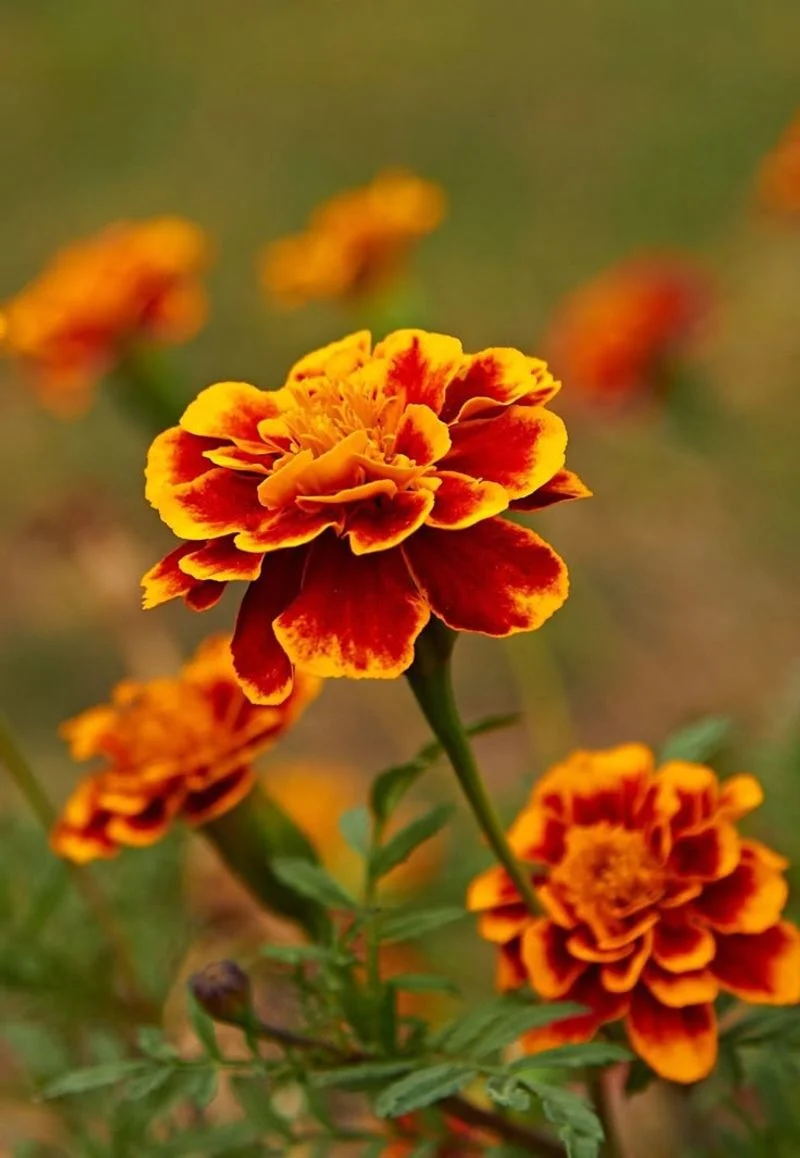
The marigold’s brilliance isn’t a result of fertilizers. Revered for its bright hues, it stands resilient under the sun, needing nothing more than well-drained soil. This annual flower is a favorite among gardeners who prefer an easygoing plant that wards off pests with its natural aroma. Whether planted in pots or garden beds, marigolds bring a touch of sunshine wherever they grow. Known to attract beneficial insects, they play a vital role in eco-friendly gardening. Fun fact: marigolds are often used in festivals and ceremonies across various cultures for their vibrant colors.
Lavender
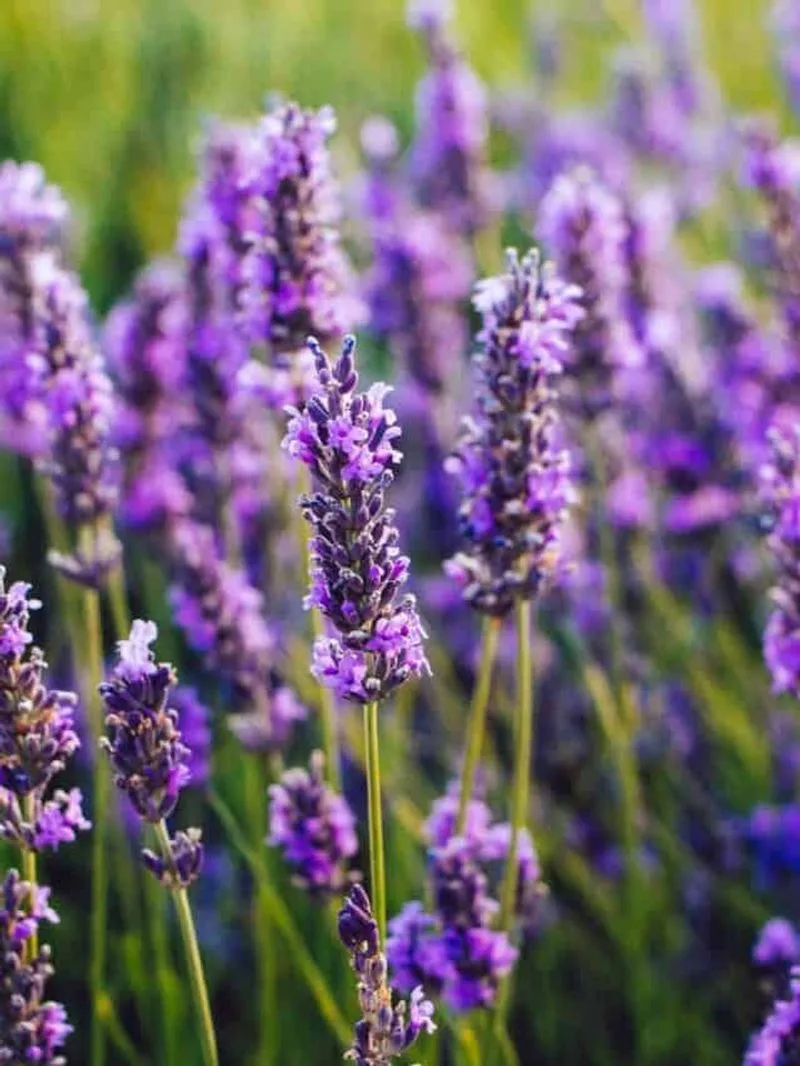
Lavender’s calming fragrance and iconic purple spikes make it a garden staple. This Mediterranean native thrives in poor, rocky soil and full sunlight, making it an ideal plant for those who seek effortless beauty. Its drought tolerance is legendary, requiring minimal water once established. The aroma not only soothes but also repels mosquitoes and attracts pollinators like bees. Historically, lavender has been used in medicine and perfumery. Did you know? Lavender’s essential oil is believed to have helped people relax since ancient Roman times, showcasing its timeless appeal.
Coneflower
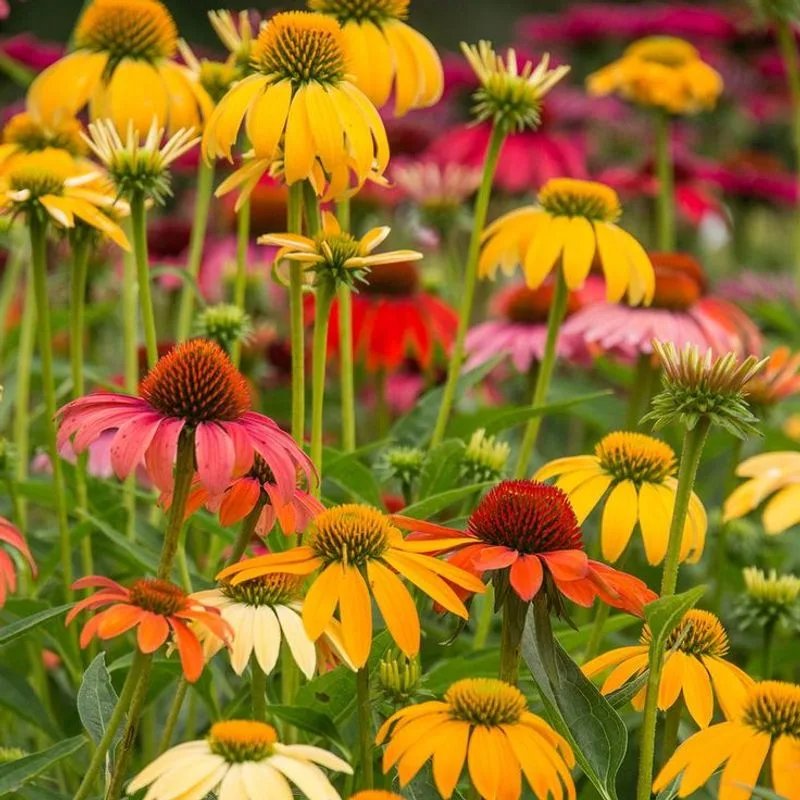
Coneflowers, with their unique daisy-like appearance, are hardy perennials suited for various climates. They thrive on neglect, requiring little more than occasional watering. Their long-lasting blooms attract butterflies, making them a favorite in wildlife gardens. These flowers are not just beautiful; they’re also medicinal. Historically, Native Americans used coneflower extracts for healing purposes. Today, they continue to be a symbol of resilience, rebounding effortlessly after harsh weather. With such low maintenance needs, they are perfect for any garden enthusiast looking to reduce work.
Zinnia
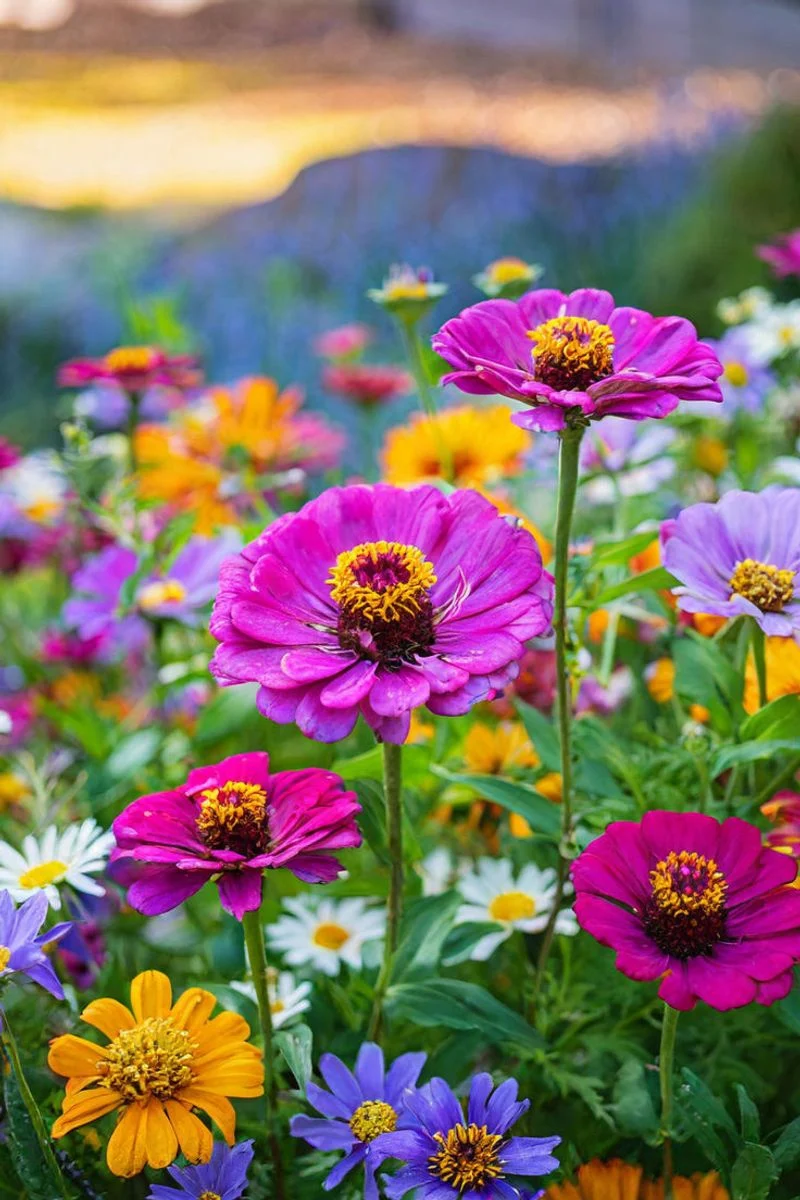
Zinnias are like confetti in the garden, bringing an explosion of color and cheer. Known for their tolerance to poor soil conditions, these annuals are perfect for novice gardeners. Their vibrant petals, ranging from red to pink and orange, invite a myriad of pollinators, including hummingbirds and butterflies. A cut-and-come-again flower, zinnias continue to bloom all season long, making them a garden favorite. Fun fact: zinnias were the first flowers to bloom in space, proving their adaptability and resilience beyond Earth.
Black-Eyed Susan
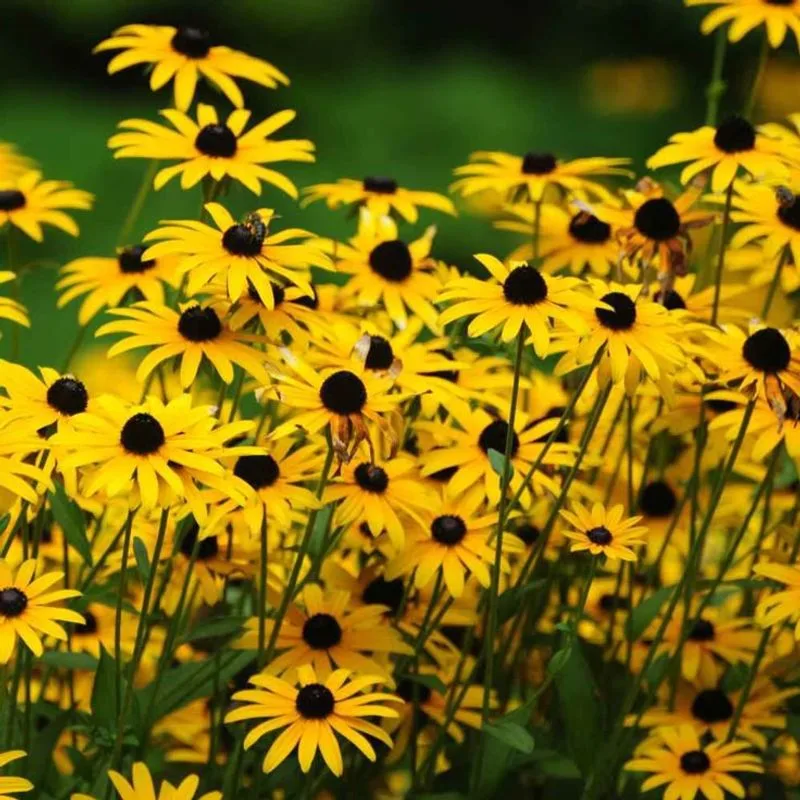
Black-eyed Susans stand out with their striking yellow petals and dark centers. These perennials are champions of adaptability, thriving in various soil types and requiring minimal care. They symbolize encouragement and motivation, often found in naturalized settings along roadsides and meadows. Their long blooming season provides continual joy and color from summer through autumn. This flower not only beautifies but also supports wildlife by attracting bees and butterflies. Historically, they have been used in traditional remedies, adding another layer to their charm.
Sunflower
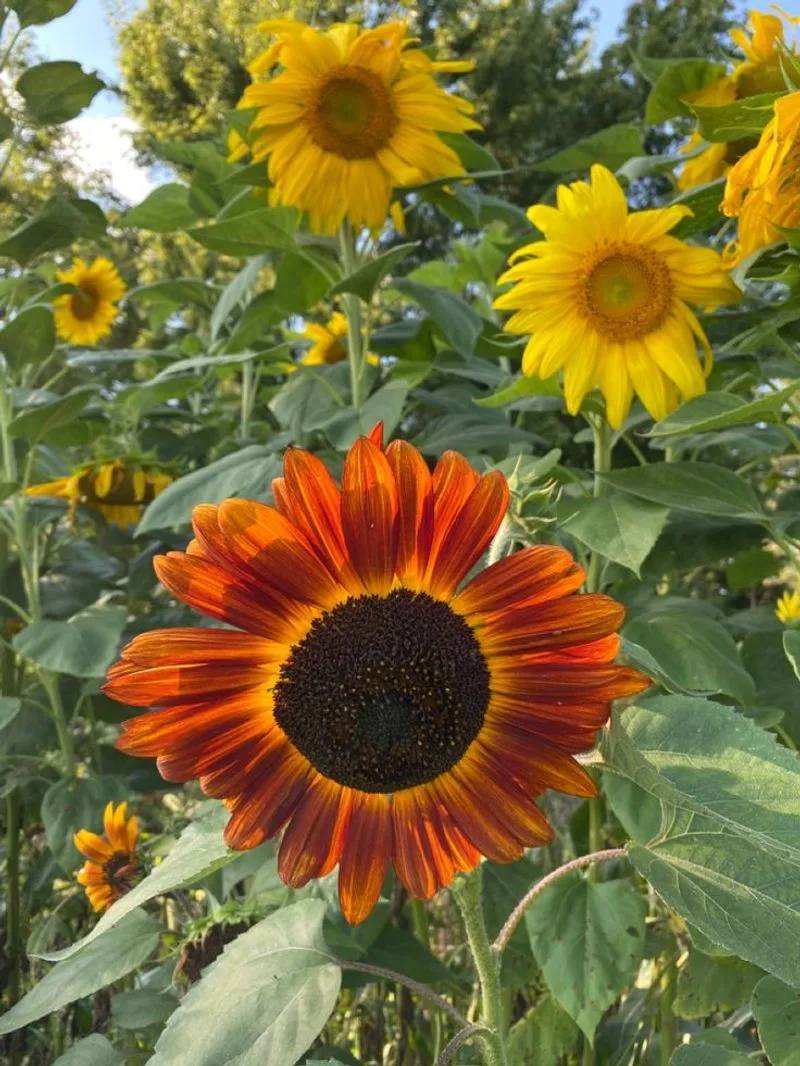
With a cheerful disposition, sunflowers nod to the sun, towering overhead in fields and gardens. These giants thrive in nutrient-poor soil, relying solely on sunlight and occasional watering. Their large, sunny faces follow the sun, adding warmth and happiness to any space. Besides their beauty, sunflowers produce seeds that are a snack for humans and birds alike. Historically, they have been cultivated for their oil and dye. Did you know? Sunflowers have been used to extract toxins from contaminated soil, demonstrating their environmental prowess.
Cosmos
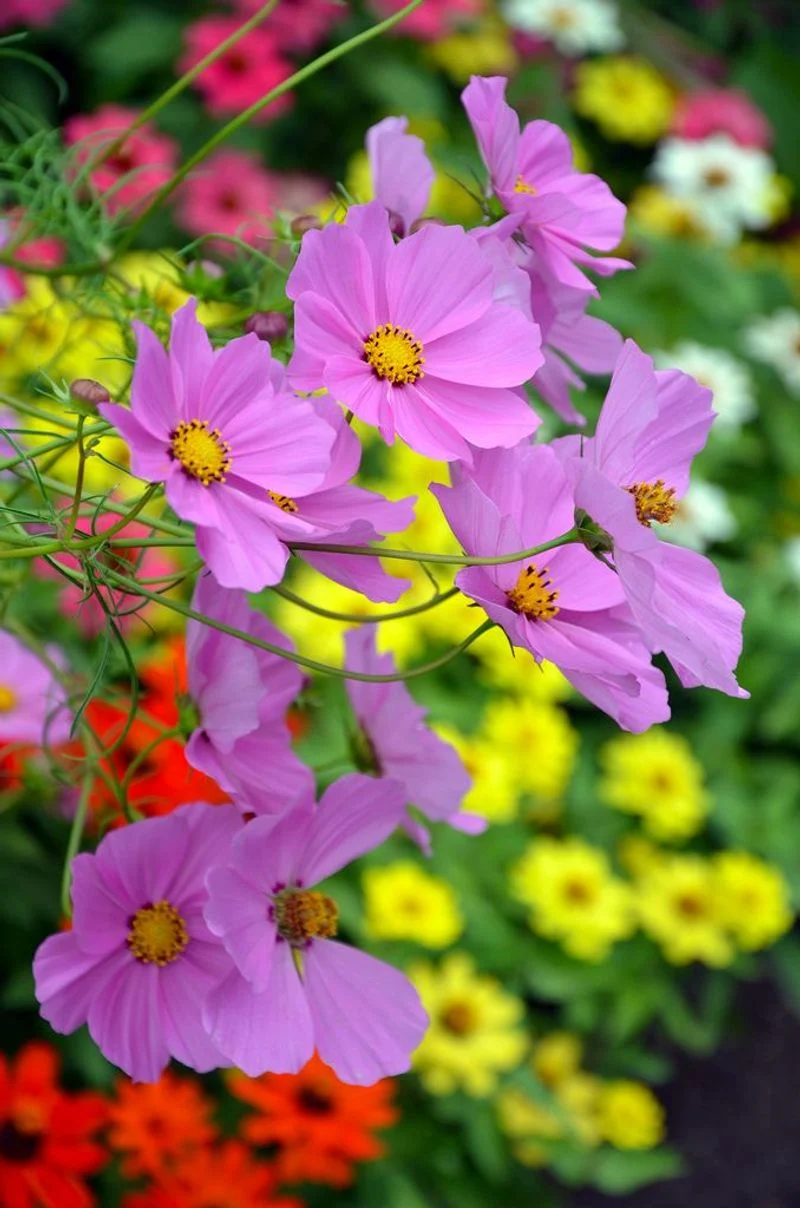
Cosmos flowers embody grace and simplicity with their airy, delicate blooms. These annuals are masters of survival, thriving in poor soil conditions and requiring minimal water. Often seen swaying in the breeze, cosmos attract pollinators, enhancing garden biodiversity. Their origins trace back to Mexico, where they were used to symbolize harmony. These flowers bloom profusely, offering a continuous display from summer into fall. A bonus for gardeners: deadheading cosmos encourages even more blooms, keeping the garden lively for months.
Yarrow
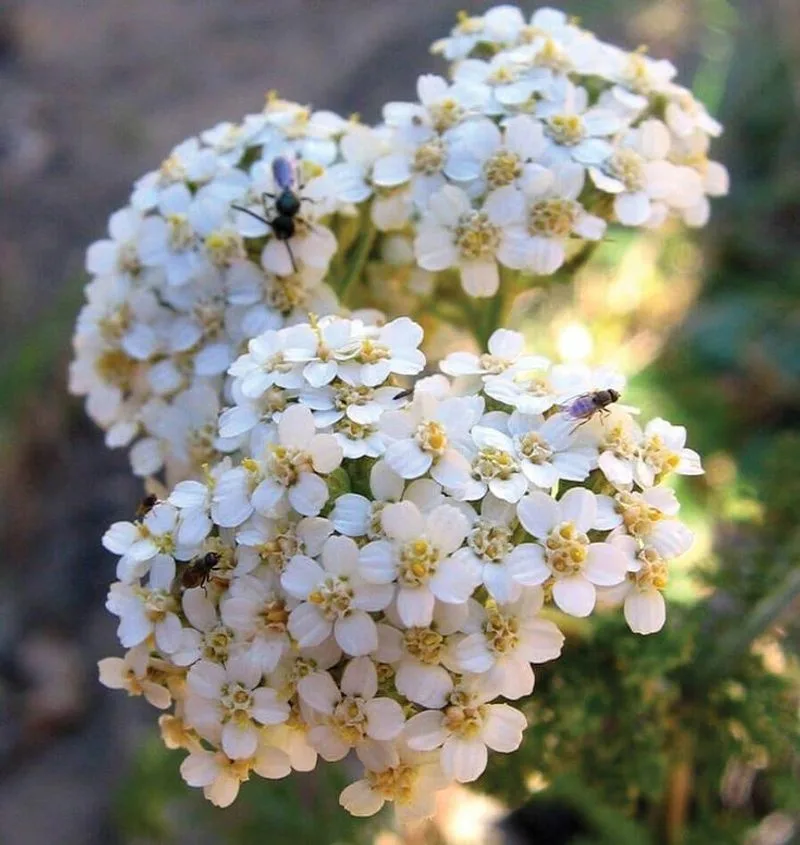
Yarrow is a wild beauty that thrives on neglect. This perennial’s fern-like leaves and clusters of small blossoms bring a touch of the wild to any garden. Known for its medicinal properties, yarrow has been used for centuries in natural remedies. Its drought-resistant nature makes it ideal for xeriscaping. The flowers attract pollinators and the plant improves soil health by adding nutrients naturally. Yarrow’s presence in mythology and folklore highlights its historical significance, often associated with healing and protection.
Bee Balm
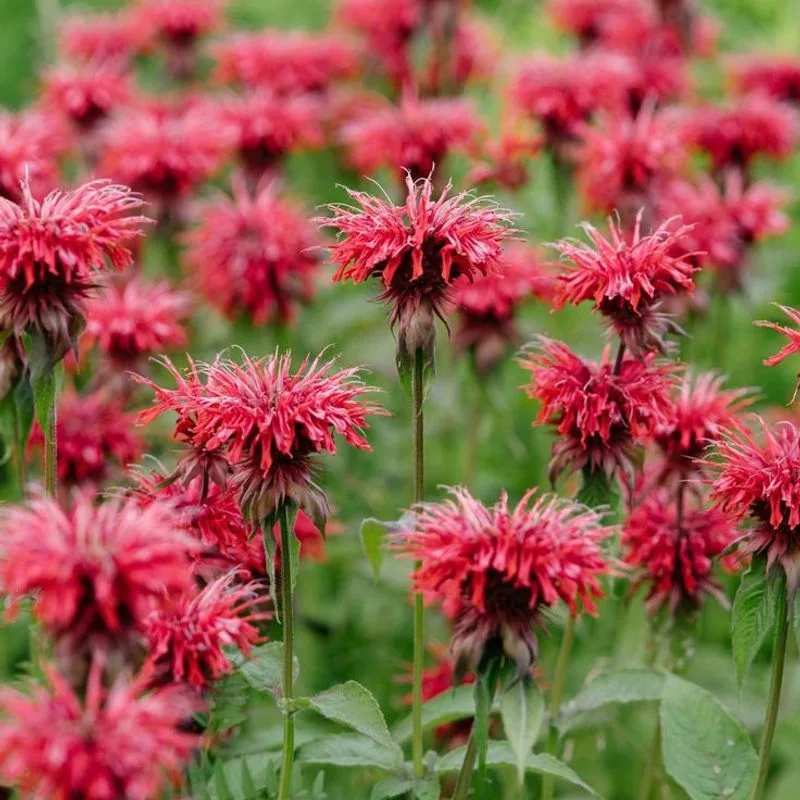
Bee balm, with its vibrant shades of red and pink, acts as a magnet for hummingbirds and bees. This perennial thrives in clay or sandy soils, requiring little beyond natural rainfall. Its spicy scent adds an aromatic layer to gardens, while its long bloom period ensures continual color. Historically, bee balm was used by Native Americans for medicinal purposes and to make a refreshing tea. This plant is perfect for gardeners who want to support pollinators while adding a splash of color and fragrance to their spaces.
Coreopsis
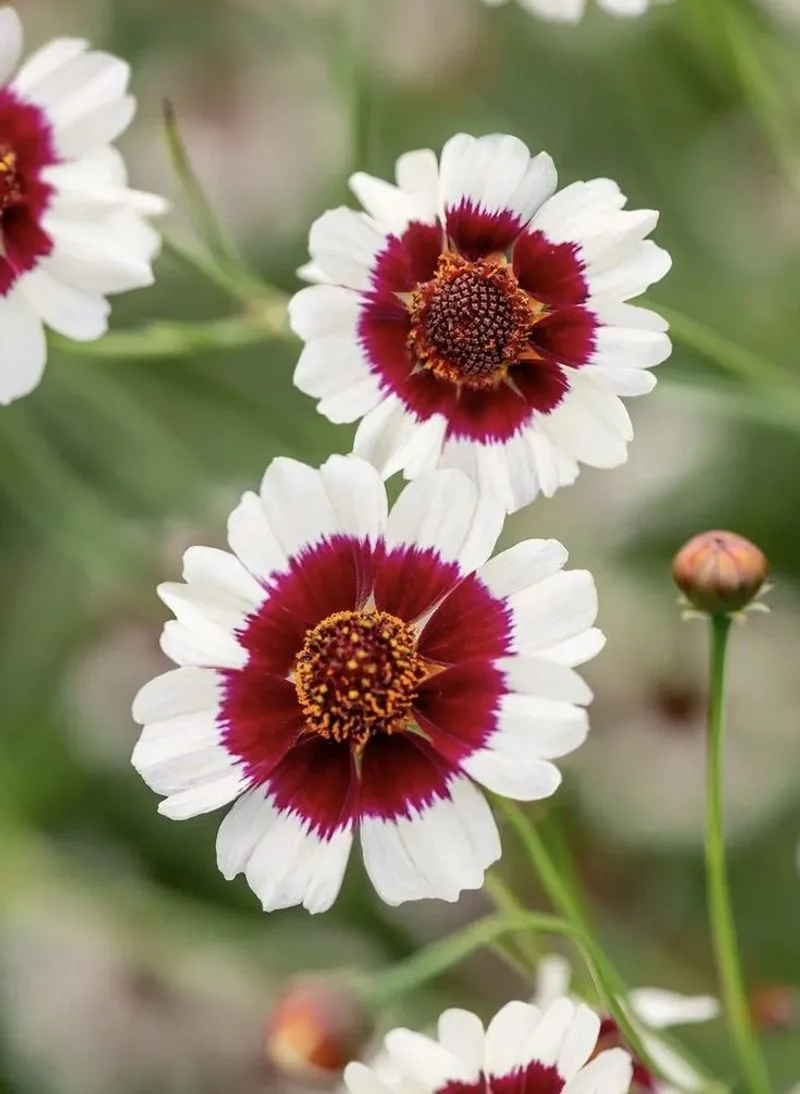
Coreopsis brings an infectious cheer with its sunny yellow blooms. As a tough perennial, it flourishes in rocky, sandy soils and full sun. Its drought tolerance makes it a reliable choice for low-maintenance gardens. These flowers not only brighten spaces but also attract beneficial pollinators like bees and butterflies. Known as “tickseed,” coreopsis has a long blooming season, delighting gardeners with bursts of color. Its resilience and adaptability make it an excellent choice for beginners and seasoned gardeners alike.
Daylily
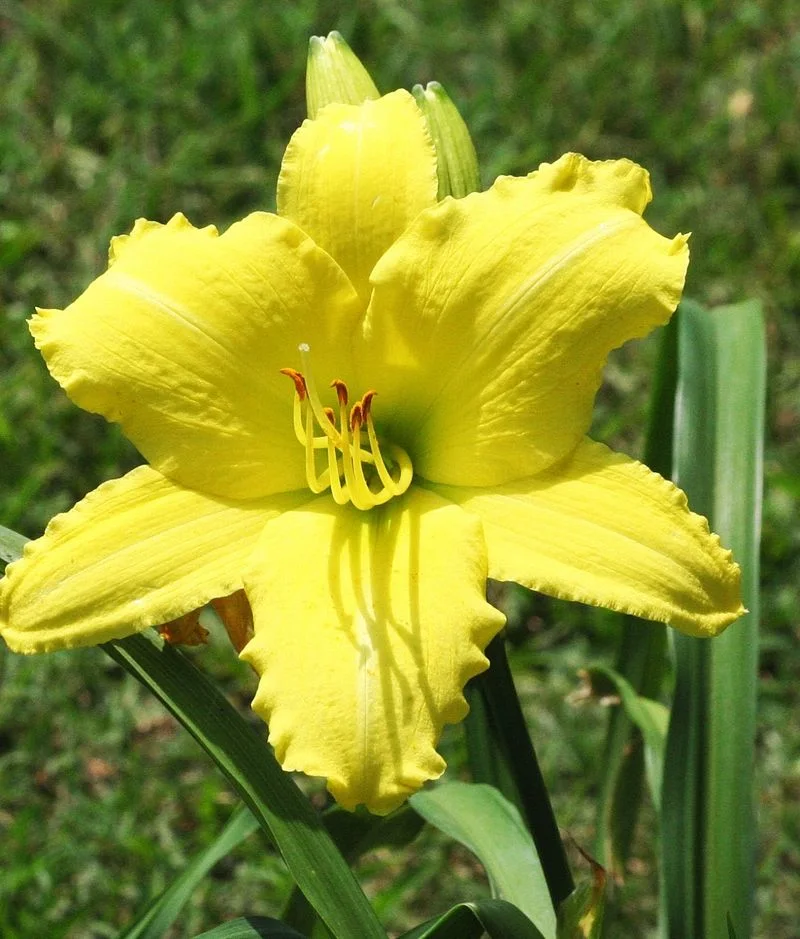
Daylilies are the epitome of resilience, thriving in almost any soil condition. With a diverse palette of colors, they brighten gardens with minimal care. These perennials are known for their short-lived blooms, each lasting only a day, but the plant produces many buds ensuring continuous flowering. Daylilies have been used in culinary dishes and traditional medicine. Their carefree nature and ability to multiply make them a favorite for gardeners seeking effortless beauty with a hint of wild charm. They are truly the gift that keeps on giving.
Gaillardia

Gaillardia, or blanket flower, paints gardens with fiery reds and yellows. These drought-tolerant perennials are perfect for sandy or well-drained soils. With a carefree attitude, gaillardias bloom from early summer to fall, continuously adding a pop of color. Their daisy-like appearance attracts butterflies and beneficial insects. Despite their delicate look, they handle harsh conditions with ease. Gaillardias are often used in borders and wildflower gardens, bringing warmth and vibrancy. Their resilient nature and vivid colors make them a gardener’s delight.
Sedum

Sedum is a succulent that thrives in neglect, adapting effortlessly to rocky or sandy soils. Its fleshy leaves and starry blooms add texture and interest to gardens. These perennials are drought-resistant and low-maintenance, making them ideal for xeriscaping and rooftop gardens. Sedum’s ability to store water in its leaves ensures survival during dry spells. With varieties ranging from ground covers to upright forms, there’s a sedum for every garden niche. Their architectural presence and versatile nature make them a favorite among landscapers.
Echinacea

Echinacea, with its striking petal cone shape, is both a garden beauty and a medicinal powerhouse. Thriving in well-drained soil, this perennial demands little care. Its long-lasting blooms attract pollinators, while its roots are prized in herbal medicine for immune support. Echinacea’s native roots trace back to North America, where it was first used by indigenous tribes. Today, it’s celebrated in gardens for its low maintenance and health benefits. A symbol of strength and healing, echinacea brings both aesthetic and practical value to any garden.

